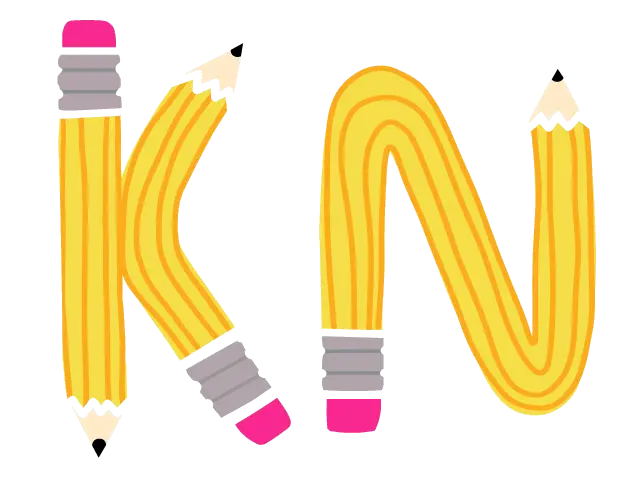What is Digital Illustration?
Digital Illustration refers to the creation of artwork using digital tools such as computers, tablets, and software designed for drawing and painting. Unlike traditional illustration, which relies on physical materials like paper, pencils, and paint, digital illustration enables artists to work on a virtual canvas. This medium offers infinite possibilities for creativity and innovation due to its versatility and accessibility.
In the big picture, digital illustration lies at the intersection of art and technology, allowing illustrators to produce highly detailed, varied, and reproducible visuals. This form of illustration is essential in fields such as advertising, branding, entertainment, and publishing, where visual storytelling is crucial. The rise of digital platforms has amplified its importance, making digital illustration a pivotal tool for connecting with audiences in the digital age.
Key Takeaways
- Digital Illustration involves creating visuals using electronic tools and software.
- This medium offers flexibility and scalability, enabling diverse style adaptations.
- It plays a vital role in industries reliant on visual communication, such as marketing, gaming, and animation.
- Digital tools enhance efficiency and allow for easy iteration and editing of artwork.
- The growing digital landscape fuels the demand for skilled digital illustrators.
The Evolution of Digital Illustration
Digital illustration has evolved dramatically with advancements in technology. Initially limited by cumbersome software and hardware, the field has transformed with intuitive software like Adobe Illustrator, Procreate, and CorelDRAW. Modern tools offer user-friendly interfaces and extensive libraries of digital brushes, textures, and effects, empowering illustrators to experiment and refine their skills.
The advent of advanced tablets like Wacom and the Apple iPad, coupled with styluses that mimic traditional drawing tools, has bridged the gap between traditional and digital techniques. These innovations have contributed significantly to the growth and accessibility of digital illustration.
Applications in Marketing and Design
In marketing and design, digital illustrations are pivotal for creating compelling visuals that captivate and engage audiences. Illustrators craft everything from product packaging and promotional materials to social media content and brand mascots. Their work aids in establishing brand identity, conveying complex ideas, and inspiring consumer action.
Illustrations are particularly effective in differentiating brands in a crowded marketplace. With digital tools, marketers can rapidly adapt and tailor visual content to different campaigns and platforms, maximizing reach and effectiveness.
Mastering Digital Illustration Skills
For aspiring digital illustrators, mastering the craft requires a blend of creative prowess and technical knowledge. This includes understanding illustration principles, like composition and color theory, alongside proficiency in digital software. Continuous learning through online courses, tutorials, and practice is crucial to staying ahead in this dynamic field.
The digital illustration community is robust, providing networking opportunities through forums, social media, and collaborative projects. Engaging with peers fosters growth and innovation, enabling artists to refine their style and keep abreast of industry trends.
The Bottom Line
Digital illustration is paramount in today’s visual-centric world, offering limitless opportunities for creativity and expression. Its importance lies in its ability to create engaging visual narratives vital for marketing, branding, and entertainment industries. Understanding and leveraging digital illustration can be transformative for both businesses and artists, facilitating impactful communication and differentiation in a global digital marketplace.
















